|
|
|||
|
(Back to Preceding Week; on to Next Week) |
|
WHEN IT'S DREARY AND COLD |
|
LOOKING OVER OVER-LOOKED CLOVER
Most days when we're not traveling to some distant locale we roll our bicycle up the gravel driveway at Hilton Pond Center, climb aboard our carbon fiber two-wheeler, and head out to explore the byways of York County. Depending on our schedule, we generally ride 15-30 miles, and sometimes more than that. We've become very familiar with local roadsides and take considerable pleasure from watching plants growing along the shoulder where they sprout, blossom, and eventually fade as seasons progress. The past few years we've become more attuned to a floral collection that is often ignored or even held in disdain. Yes, we've been looking over the often over-looked group known collectively as "clover."
All text & photos © Hilton Pond Center Clover grows almost anywhere there's sufficient sun, so roadsides are indeed an ideal spot for them--as are suburban front lawns where homeowners sometimes curse clover's presence and persistence. Vascular Florida of the Carolinas (Radford, et al., 1968) lists 14 species of clover for those two states, few of which are native to North America. In fact, virtually all the clovers in the eastern U.S. came from Europe, North Africa, or western Asia, and all are obviously adapted to our soils and climate. Some folks might say they're TOO well-adapted and classify them as pernicious invasives, but because they often "rehabilitate" spoil places like roadside cuts and worn-out farms while growing leaf-to-leaf with natives, we're inclined to think they're not as undesirable as some foreign invaders.
All text & photos © Hilton Pond Center All true clovers--of which there are about 300 species worldwide--are in the genus Trifolium, which means "three leaves." This name is a tad incorrect, however, because what appear to be leaves are actually leaflets (above). Such compound leaves are typical of members of the Pea Family (Fabaceae) in which clover is placed, along with relatives such as Mimosa, Eastern Redbud, Soybean, Honeylocust, vetches, wisterias, and--of course--all those peas and beans that fill our pantries. (Fabaceae is the third largest family of flowering plants, exceeded only by orchids and asters.) As shown above, clover leaflets are more or less symmetrical with mostly smooth (unserrated) edges, although those edges--and much of the clover plant itself--are typically adorned with fine, white hairs.
All text & photos © Hilton Pond Center Perhaps the most obvious and among the most widely spread imported clovers is Red Clover, T. pratense; all three photos above are of this species and show a characteristic sharp white "V" on each pointed leaflet. Red Clover is one of our tallest clovers, reaching about 2.5 feet in height before falling over on itself. Its one-inch-diameter flower clusters vary from red to pink to purple and contrast nicely with roadside greenery as we cycle past. Red Clover flowers from April through September across the Carolina Piedmont; being a seed-bearing perennial it is capable of getting a roothold and colonizing an extensive area within just a few years. Red Clover, whose species epithet means "found in meadows," grows naturally in just such habitats throughout Europe; it is the national floral symbol of Denmark (although some Danes bestow that honor on the Marguerite Daisy.)
All text & photos © Hilton Pond Center From a distance the more or less spherical flower head of Red Clover looks like a single blossom, but a closer view (above) shows it's actual a cluster of many tube-shaped florets. Each individual flower exhibits the typical structure of members of the Pea Family: Five sepals and five more-or-less fused petals, with the upper petal or "banner" overhanging the blossom, two other petals forming lateral "wings," and the bottom two petals fused to form a "keel." Although the floret above is less than a half-inch long, it bears sufficient nectar to be a primary food for European Honey bees in the U.S.--and in European countries where it AND Honey Bees both originated. (NOTE: Some apiarists contend the florets in Red Clover are too long for a Honey Bee's mouthparts and are visited instead by larger varieties of Bumblebees.)
All text & photos © Hilton Pond Center Especially familiar to many homeowners is White Clover, T. repens (above). It also bears a white letter on each leaflet, but the marks are more U-shaped and the leaflets more rounded than in Red Clover. White Clover's flowerhead is about a inch in diameter. This non-native perennial reproduces by seed and also by extending horizontal stems that allow it to weave between and flourish among grasses preferred by lawnsmen; in fact, its species epithet means "to creep." Oddly, White Clover used to be a main component of "grass seed mixes," primarily because it would sprout and grow where grasses would not and provide green soil cover.
All text & photos © Hilton Pond Center The Carolinas are home to several yellow clovers--all imported--with one of the most common being Low Hop Clover, T. campestre (above). The species epithet means "of the fields," while the common name comes from the resemblance of the flowerhead to that of Hops. This low-growing plant has half-inch-diameter blossoms and oblong leaflets with sparsely toothed edges; the terminal leaflet has a short stalk. As an herbaceous annual or biennial it is not quite as prolific as Red or White clover.
All text & photos © Hilton Pond Center One of our most delicate clovers is T. arvense, Rabbit Foot Clover (above), whose oblong, one-inch flowerheads are densely plumose. In the photo above shows only four actual flowers--the tiny white structures near the tip of the upper cluster. The rest of the flowerhead is comprised of feathery structures that apparently help deter seed predators and perhaps enhance seed dissemination. The fluffiness of these structures is reminiscent of a rabbit's foot, hence the common name; the species epithet means "from cultivated fields." Leaflets in this non-native clover are unmarked and quite narrow; at the base of each leaf is a pair of pinkish-red stipules.
All text & photos © Hilton Pond Center One three-leaflet plant often mistaken for clover is oxalis or sorrel (above), which despite its tripartite foliage has very different five-petalled flowers and is in an entirely different family (Oxalidaceae). About eight species of native or naturalized Oxalis occur in the Carolinas, with several more ornamental species having been brought from the Old World. Oxalis is also known as "shamrock," although it should be noted the non-native Least Hop Clover, T. dubium, is actually the "lucky shamrock" chosen by St. Patrick to symbolize the Trinity.
Native or not, there's no question true clovers are an integral part of flora in North America, where they now serve as host plants for many species of native butterflies and moths. Clovers can be invasive, but as legumes whose root bacteria capture and fix nitrogen they are extremely important in replenishing soil ravaged by other nitrogen-depleting crops. Clover also provides highly nutritious graze for sheep and cattle, while clover seeds are taken in fall or winter by birds from sparrows to quail to Wild Turkeys. And clover's dried flowerheads can be ground into flour and its foliage makes a nutritious salad for wild foods enthusiasts (or bicyclists) who take the time to look over clover--a plant that's often overlooked. All text & photos © Hilton Pond Center
Comments or questions about this week's installment?
Thanks to the following fine folks for recent gifts in support of Hilton Pond Center for Piedmont Natural History and/or Operation RubyThroat: The Hummingbird Project. Your tax-deductible contributions allow us to continue writing, photographing, and sharing "This Week at Hilton Pond." (Please see Support if you'd like to make a gift of your own. You can also contribute by ordering an Operation RubyThroat T-shirt.)
"This Week at Hilton Pond" is written & photographed You may wish to consult our Index of all nature topics covered since February 2000. You can also use our on-line Hilton Pond Search Engine at the bottom of this page. For a free, non-fattening, on-line subscription to |
|
Make direct donations on-line via
Network for Good: |
|
|
Use your PayPal account
to make direct donations: |
|
|
If you like to shop on-line, you please become a member of iGive, through which more than 750 on-line stores from Barnes & Noble to Lands' End will donate a percentage of your purchase price in support of Hilton Pond Center and Operation RubyThroat. For every new member who signs up and makes an on-line purchase iGive will donate an ADDITIONAL $5 to the Center. Please sign up by going to the iGive Web site; more than 200 members have signed up to help. It's a painless, important way for YOU to support our on-going work in conservation, education, and research. |
|
|
SPECIES BANDED THIS WEEK: * = New species for 2009 WEEKLY BANDING TOTAL 9 species 23 individuals YEARLY BANDING TOTAL (2009) 33 species 1,052 individuals 28-YEAR BANDING GRAND TOTAL (since 28 June 1982, during which time 170 species have been observed on or over the property) 124 species 52,934 individuals NOTABLE RECAPTURES THIS WEEK (with original banding date, sex, and current age) Northern Cardinal (3) All text & photos © Hilton Pond Center
|
OTHER NATURE NOTES OF INTEREST
All text & photos © Hilton Pond Center --In last week's photo essay we neglected to mention the first deep-orange blossoms (above) on Hilton Pond Center's Trumpet Creeper vines appeared around 1 Jun, a few days later than normal but still in plenty of time for our earliest expected fledgling Ruby-throated Hummingbirds to take full advantage of the flowers' heavy nectar load. --We had three banding milestones this week at the Center. First, we captured our 700th Eastern Towhee--a respectable total, we suppose, for 28 years of effort. The towhees were eclipsed by more than a magnitude as we trapped and released our 8,000th House Finch since 1982! And the last biggie was another HOFI that made the Center's 25,000th "winter finch," a category that also includes Purple Finch, American Goldfinch, and Pine Siskin. These days, of course, we catch HOFI and AMGO year-round, whereas during our early days at Hilton Pond those species were primarily migrants from afar. In any case, that's still a LOT of finches!
All text & photos © Hilton Pond Center --On 14 Jun we caught a House Finch (above) with a dark red rump and pinkish wash to its body feathers. At a feeder this bird might pass for a young male just getting his raspberry-colored adult plumage but in the hand we found the bird had a prominent brood patch--meaning she was actually an adult FEMALE. This was the second such HOFI we've banded this breeding season at Hilton Pond Center--further evidence one should use caution when ageing or sexing the species based solely on feather color.
|
|
|
|
(Back to Preceding Week; on to Next Week) Up to Top of Page Back to This Week at Hilton Pond Center Current Weather Conditions at Hilton Pond Center |
 You can also post questions for The Piedmont Naturalist |
Join the |
Search Engine for |
|
|
Rose Petal Spa

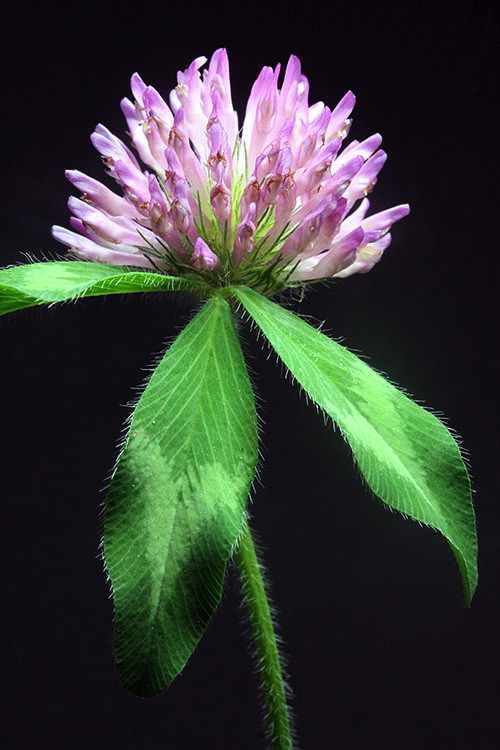
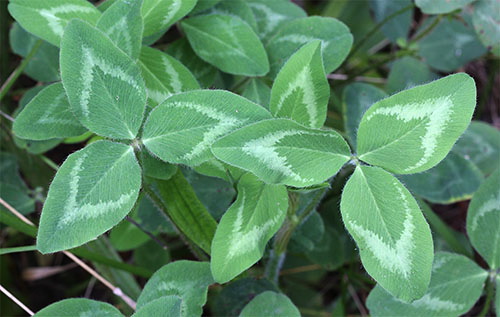
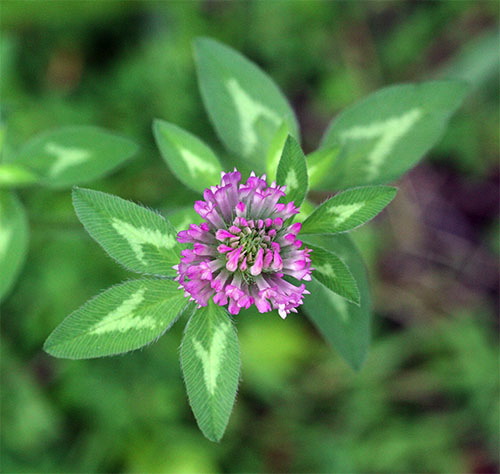
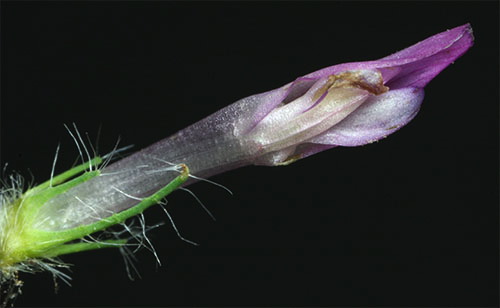


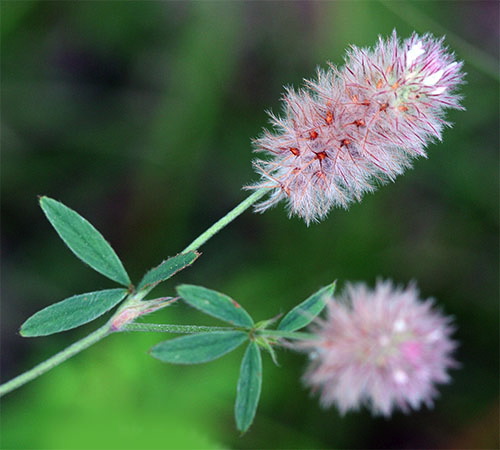
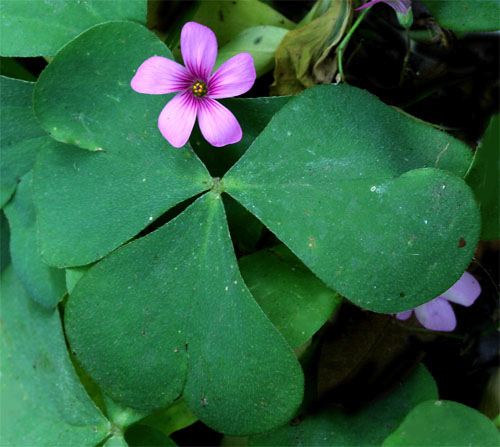
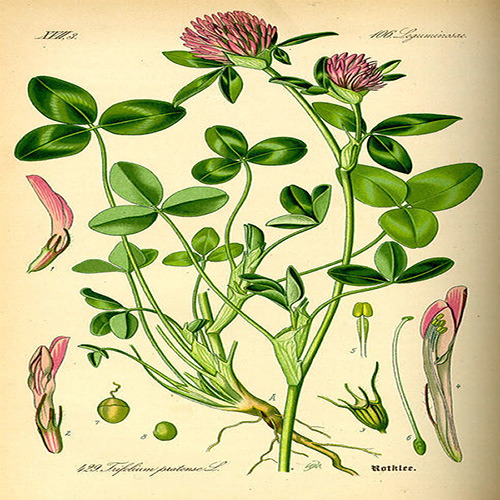



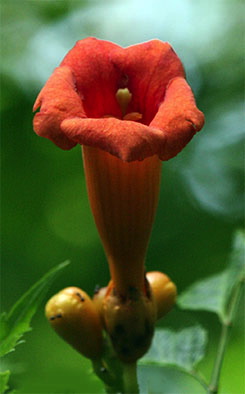

 Please report your
Please report your